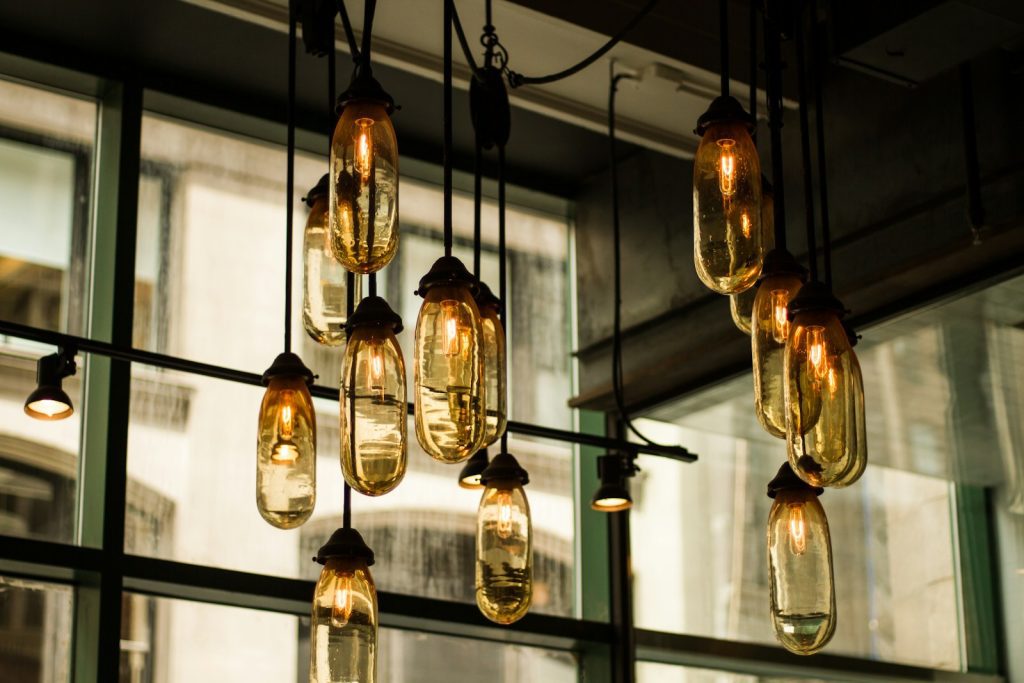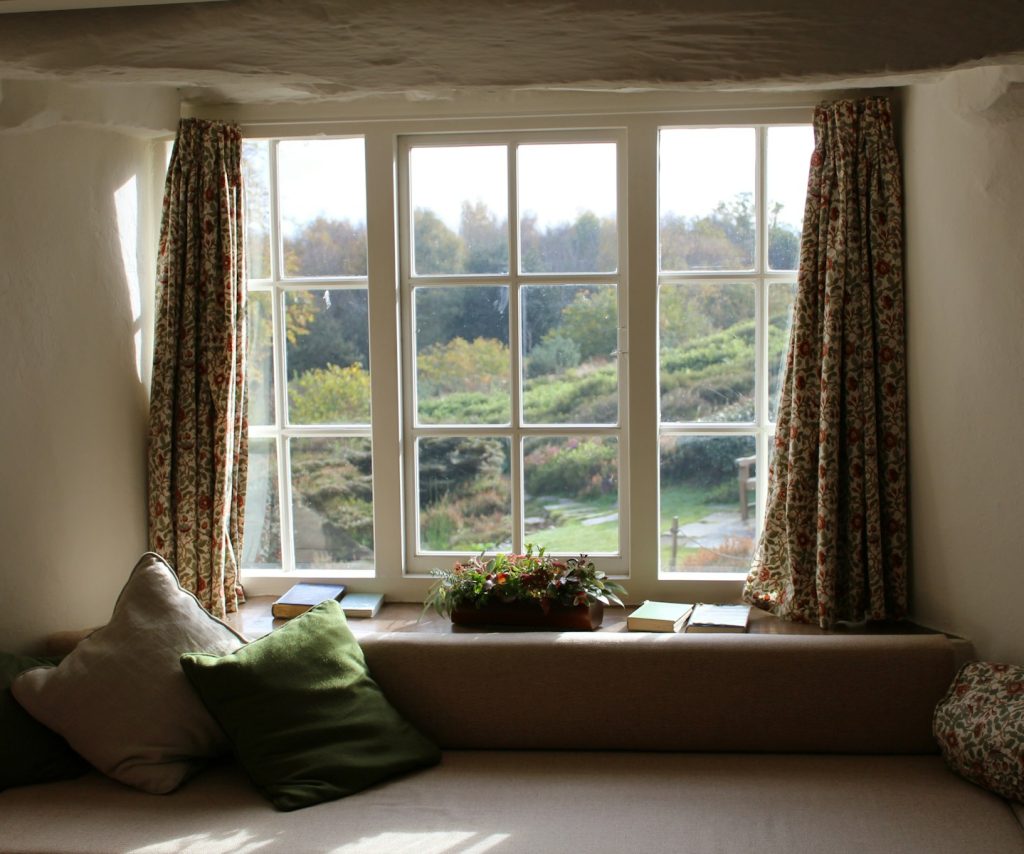Lighting is a crucial yet often overlooked aspect of interior design. The right lighting can transform the look, feel, and functionality of any space. If you want to elevate your home’s lighting design, here’s how to approach it like a professional:
1. Understand the Layers of Lighting
Professional designers use three key layers of lighting to create balanced and effective spaces:
- Ambient Lighting: This provides overall illumination for a room, acting as the base layer that allows you to see and move around safely.
- Task Lighting: Brighter, more focused light is used for specific activities like reading, cooking, or applying makeup.
- Accent Lighting: This highlights architectural features, artwork, or decor, adding visual interest and depth to a space.
A well-designed lighting plan integrates all three layers, ensuring your space is functional, aesthetically pleasing, and adaptable to various needs.
2. Consider Color Temperature
The color temperature of your lighting plays a big role in setting the mood of a room. Light is measured in Kelvin (K), and different temperatures suit different areas of your home:
- Warm Light (2700-3000K): Creates a cozy, inviting atmosphere, making it perfect for living rooms and bedrooms.
- Neutral White Light (3000-4000K): Ideal for kitchens and bathrooms, offering a clean, balanced glow.
- Cool Light (4000-6500K): Energizing and best for offices or task-oriented areas where focus is needed.
Matching the right color temperature to the function of each room helps create the ideal ambiance.
3. Choose the Right Fixtures
Selecting the right light fixtures is just as important as the light itself. Choose fixtures that complement your decor style while meeting the lighting needs of the space. Here are some popular options:
- Recessed Lighting: Perfect for providing ambient light in large areas.
- Pendant Lights: Great for kitchen islands or dining tables, adding style and function.
- Wall Sconces: Ideal for hallways or flanking mirrors for soft, indirect lighting.
- Table and Floor Lamps: Versatile options for task lighting and creating cozy nooks.
- Under-Cabinet Lighting: A must-have for kitchens, providing focused light for cooking tasks.
4. Use Dimmers for Flexibility
Dimmers are an easy and practical way to adjust lighting levels for different activities and moods. Installing dimmer switches offers flexibility, allowing you to control brightness throughout the day, creating the perfect setting for every moment.
5. Maximize Natural Light
Don’t forget to make the most of natural light! Sheer window treatments allow daylight to filter in while providing privacy, and strategically placed mirrors can help bounce natural light deeper into a room, brightening dark corners.
6. Create Focal Points with Lighting
Use lighting to highlight key design elements in your home. For example, install picture lights above artwork or use uplighting to emphasize unique architectural features. This adds depth and draws attention to the most beautiful parts of your space.
7. Consider Scale and Proportion
When choosing fixtures, it’s important to consider the size of the space. An oversized chandelier can overwhelm a small room, while tiny pendants might get lost in a large, open area. Make sure your fixtures are scaled appropriately to enhance the overall design.
Conclusion
Good lighting isn’t just about the fixtures—it’s about creating the right effects that enhance the form and function of a space. By incorporating these professional lighting design principles, you can illuminate your home in a way that elevates its beauty and utility. With thoughtful planning and a touch of creativity, your lighting can truly shine.



